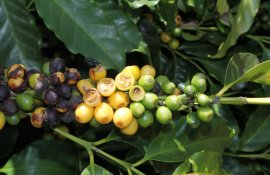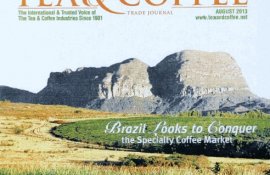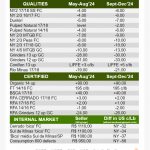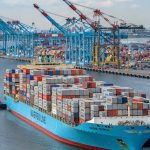In the Coffee Industry, Fall and Spring arrive at the same time!
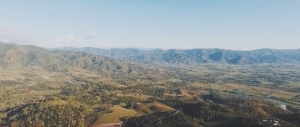 Yes, Fall starts tomorrow and Spring likewise in the Southern Hemisphere.
Yes, Fall starts tomorrow and Spring likewise in the Southern Hemisphere.
As school and industrial vacations are behind us, it is now time to count harvested volume and quality and on the other hand, measure needs and timing for the coffee beans to be processed.
At this point in the global green coffee supply cycle, we at Wolthers Douqué have some news from our distant Colombian and Brazilian branches;
Colombia
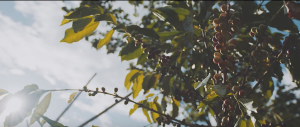 In the South of Huila the main crop has started, earlier than previous years. The expectations are that by November the main crop will come to its end in the lower parts of the South of Huila region, which represents around 35% of the total region.
In the South of Huila the main crop has started, earlier than previous years. The expectations are that by November the main crop will come to its end in the lower parts of the South of Huila region, which represents around 35% of the total region.
The estimates for the quantity is still of high expectations and quality is looking good. The weather development remains within the pattern needed for the crop development in all parts. We should be having beautiful Huila coffees for our clients!
On pricing there is more and more differentiation by region and/or cup profile. Therefore many different differentials are circulating in the market.
Soon we will start the first rounds of cupping on our 3rd micro lot competition, for which clients are more than welcome to attend the finals in Neiva and combine with visiting the coffee farms in the last week of October. We are looking forward to have all the beautiful Huila coffees from the farmers.
Brazil
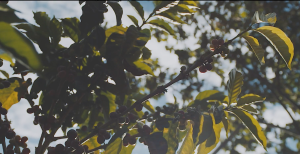 The harvest in Brazil is finished and roasters can expect to receive very fine and accurate quality except from the conilon areas which are suffering from an extensive drought since late 2014.
The harvest in Brazil is finished and roasters can expect to receive very fine and accurate quality except from the conilon areas which are suffering from an extensive drought since late 2014.
The Arabica qualities coming from the Cerrado/MG and from South of Minas Gerais are within the good to fine cup expectations, the Mogiana areas have some aspect/color issues but cup is also good to fine.
Lower grade Arabica natural Brazils such as grinders and other high defect count descriptions will be rare or expensive for export as the local roasters are covering at premium prices in order to compensate for the 5 million bag shorter conilon crop.
Exports are now confined to only Arabicas and of the better grades and cup profile while producers are well capitalized and only selling as they please with prices well above the R$ 480 – 550 Reais per farmgate bag.
As far as NYBOT C contract prices and trade differentials go, it seems to be an exchange rate market, the Brazilian Real X the US Dollar and the R$ 500.00 real and + value expectations producers have on Soft Arabica milled beans.
The Arabica coffee plantations have produced their max productivity in most Regions this year meaning that next crop will be the low cycle, having that said, Zero crop seems an excellent management practice for next year.
Many producers in the South of Minas and in the Sao Paulo Mogiana + Alta Paulista Regions are skeleton/pruning the trees as a massive crop management strategy for an excellent productivity in 2018 only.
This practice produces zero fruit for the immediate next crop season but re builds the trees structure and branch growth for a maximized productivity for the 2nd crop cycle after the pruning.
Normally, Brazil prunes at 1.8 yard high between 15% and 20% of its plantations every year, the fact this time is that at least the same 15% are being pruned at zero crop level for next year.
This will probably have a serious impact on next year’s crop as Conilons remain drought impacted in at least one third of its area, Arabicas will be on the low cycle in 2017 and additional shortfall in yields will come from excessive Zero Harvest pruning practices.
For now, we are delighted that the quality is good in Brazil and that news from our Colombian colleagues is very comforting.
Have a busy and productive Fall, and Spring as well, you’re in the coffee Industry 😉
Category: Archives, Articles, Industry News




